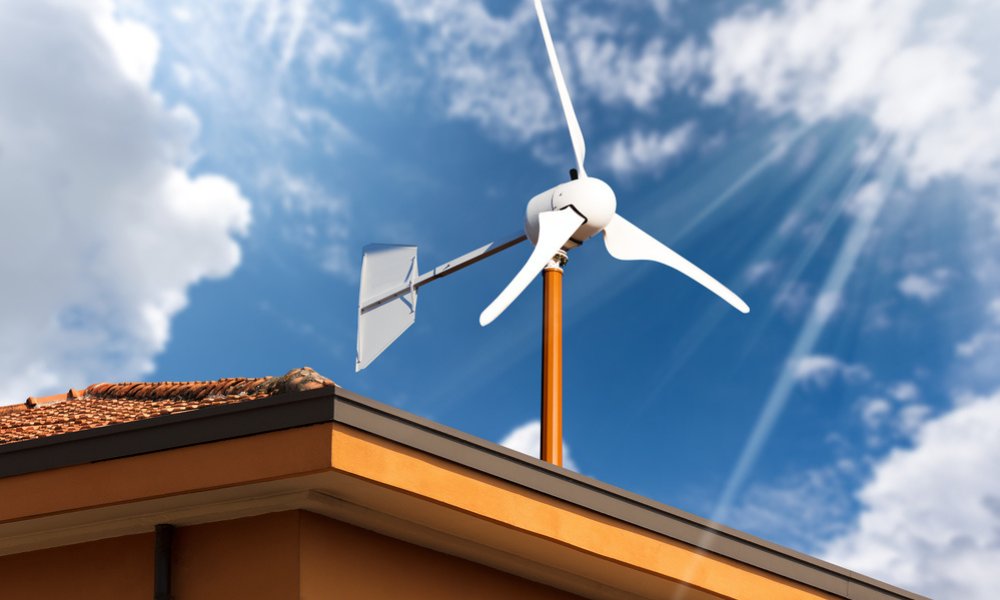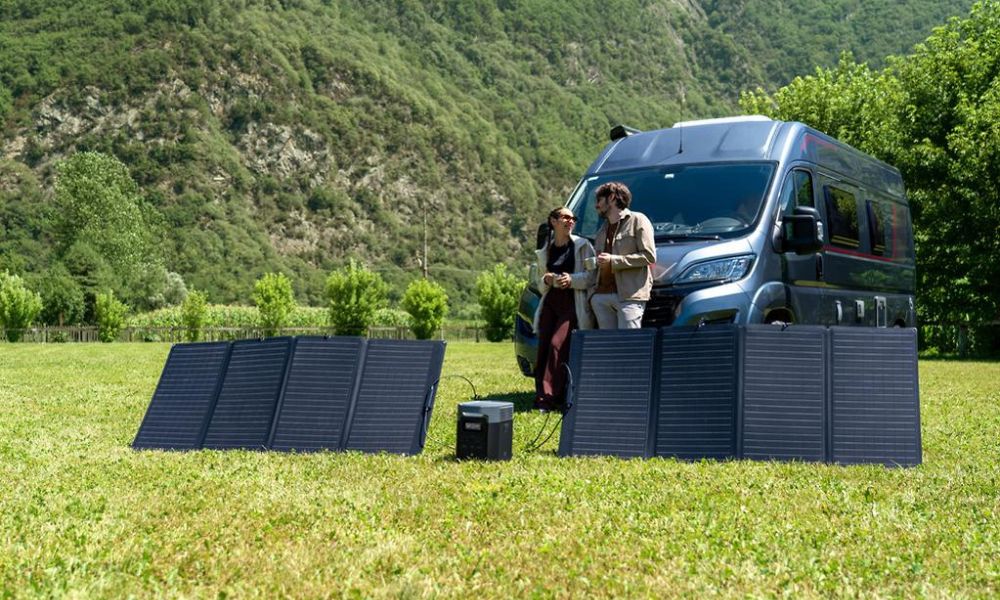The cost of living in Australia always seems to get higher, especially when it comes to our electricity bills.
It wasn’t always that way. In the 1980s, 90s and even well into the 2000s, energy prices tracked alongside consumer price trends and the general cost of living. It was around 2008, the time of the Global Financial Crisis, that power expenses shot through the roof. Here is a breakdown:
| Year | Electricity prices (rise on 1980 in percentage) | All prices (rise on 1980 in percentage) | How much higher the increase in electricity costs were compared to all prices |
| 2008 | 407.34% | 339.24% | 65.9% |
| 2009 | 438.33% | 347.42% | 90.92% |
| 2010 | 518.69% | 357.6% | 161.09% |
| 2011 | 580.11% | 368.8% | 211.31% |
| 2012 | 637.05% | 374.73% | 262.32% |
| 2013 | 745.38% | 384.17% | 361.21% |
| 2014 | 784.33% | 395.82% | 388.51% |
| 2015 | 753.17% | 401.39% | 351.78% |
| 2016 | 736.69% | 407.03% | 329.66% |
| 2017 | 792.7% | 415.64% | 377.06% |
| 2018 | 884.92 | 423.17% | 461.75% |
It is not in your imagination – electricity prices really are out of control. Affordable power is available through solar solutions, and our team is always on hand to give you the most competitive quote for a system for your roof.
We understand that this might not be within everyone’s budget right now, and some homes lack the right conditions to suit panels. There are other ways to drive down your energy costs, and one of them is to change your behaviours when it comes to how you clean and dry your clothes.
You might be spending way too much on your washer and dryer
This might sound obvious, but the first thing to do is reduce the use of your dryer. Your dryer users a massive 2790 watts every hour that it is turned on, over ten times the amount of electricity that your television, refrigerator and washing machine use. If you have a dryer, it should only be used when essential.
When it comes to your washing machine, here are some tips that will help you drive down those expenses:
- Use during off-peak periods: You can load up the machine at night or in the morning, but set a timer so that it operates during the day in off-peak periods. Then you can hang them out later in the day or when you return from work.
- Use cold water: Many detergents are optimised for washing in cold water, so you will still get good results. Washing in hot water will cost you 4.5 kWh per load, compared to 0.3 kWh per load in cold water.
- Switch off the power at the wall: Your machine will use 1–6W every hour while it is not in use. Pull that plug from the wall.
Want to understand your electricity usage better? The Powerpal Smart Energy Monitor is a simple device that will give you a real-time view of your power usage on your smart device so you can make efficiencies and save money.


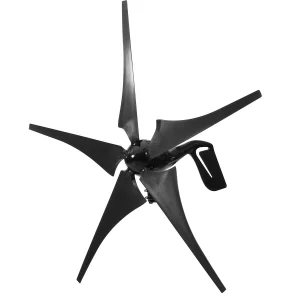 Retail
Retail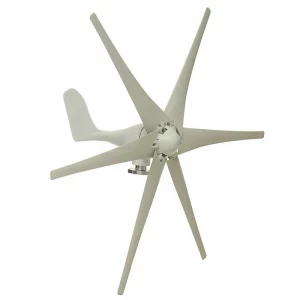 Retail
Retail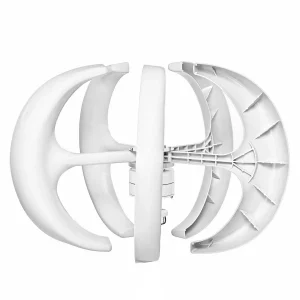 Retail
Retail